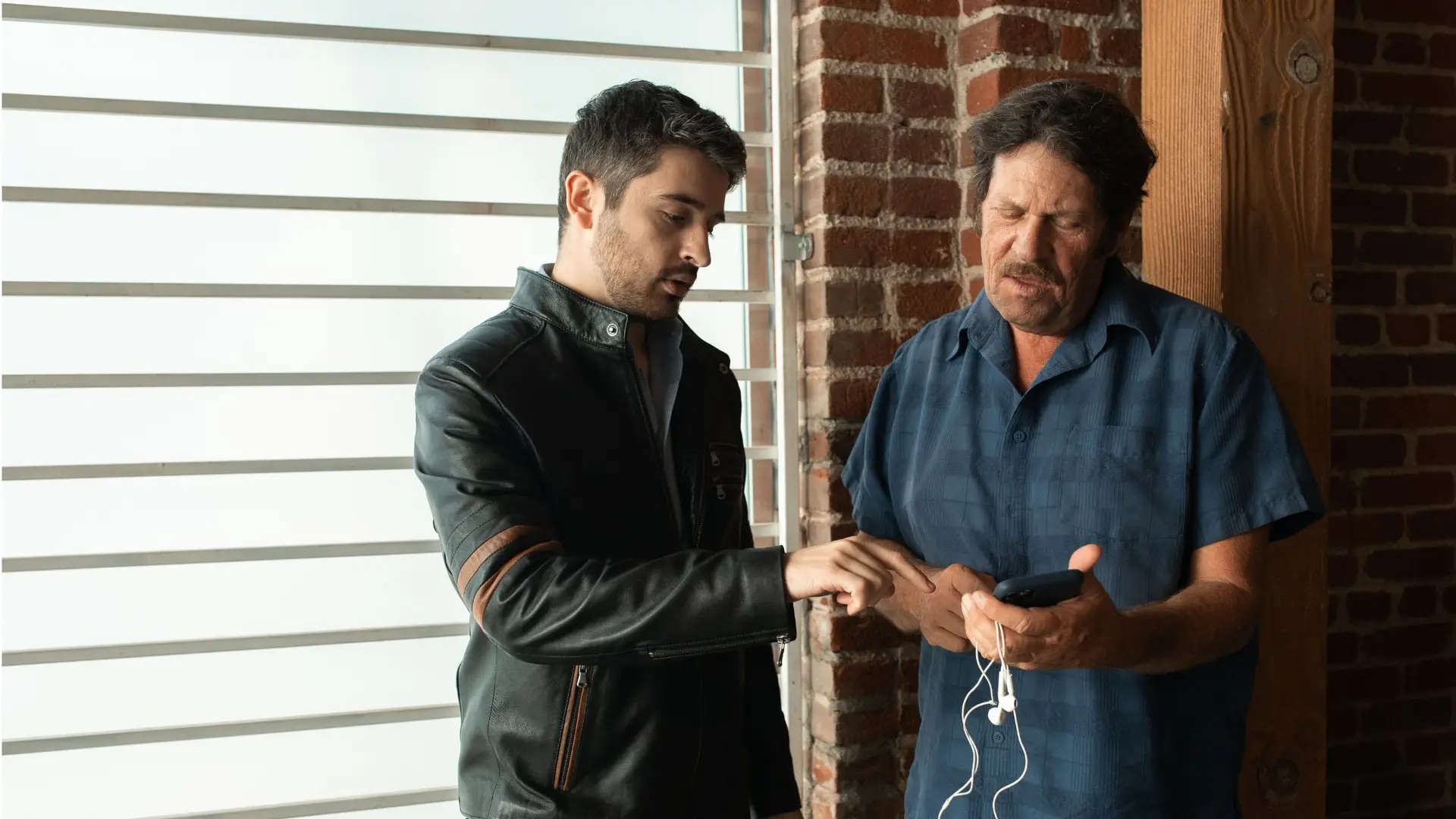
Dealing With Chronic Pain In Adulthood
Entering adulthood is a whirlwind of new experiences and responsibilities, a time filled with hope, dreams, and uncertainty. But for some of us, it also comes with an uninvited guest: chronic pain. It’s like an invisible suitcase you’re forced to carry around, a relentless companion that tags along in every chapter of your life.
But just as the sun’s rays pierce through the cloudiest skies, remember that your strength and resilience can light up the darkest corners of your journey. You are not alone on this path, and your experiences, though challenging, are an inherent part of your unique adulthood tapestry.
Chronic pain in adulthood can significantly impact various aspects of life. It’s not just a physical sensation; it affects emotions, mental health, relationships, and daily functioning. Dealing with chronic pain requires a multi-faceted approach involving medical, psychological, and lifestyle interventions.
Physically, it can limit mobility and affect the ability to perform daily tasks, impacting one’s independence. Emotionally, it often leads to frustration, anxiety, depression, and feelings of helplessness. Chronic pain can strain relationships as it may be challenging for others to understand the experience when it’s not visible or easily measurable.
Medical Management of Chronic Pain
Medical management of chronic pain encompasses diverse treatment modalities tailored to individual needs. Pharmacological interventions remain a cornerstone, with a range of medications aiming to alleviate pain, including nonsteroidal anti-inflammatory drugs (NSAIDs), opioids, antidepressants, anticonvulsants, and muscle relaxants. However, the use of opioids requires cautious administration due to their addictive potential and adverse effects.
Beyond pharmaceuticals, interventional procedures like nerve blocks, epidural injections, or radiofrequency ablation target specific pain sources, offering localized relief. Surgical interventions may also be considered in cases where structural abnormalities contribute to the chronic pain, providing a viable option for certain conditions.
Physical therapy serves as an integral component, focusing on exercises, stretches, and techniques to enhance flexibility, strength, and functionality while mitigating pain. Alternative therapies like acupuncture, chiropractic care, or biofeedback supplement conventional treatments, offering additional avenues for pain relief.
Emerging technologies such as neuromodulation, utilizing devices like spinal cord stimulators or intrathecal drug delivery systems, present innovative approaches to manage chronic pain by altering neural signalling or delivering medications directly to the spinal cord.
Nevertheless, effective pain management often involves a combination of these strategies, personalized to suit the patient’s condition, preferences, and response to treatments. Multidisciplinary approaches involving collaboration between pain specialists, physical therapists, psychologists, and other healthcare professionals are pivotal in addressing the multifaceted nature of chronic pain.
Psychological Support in Coping with Chronic Pain in Adulthood
Chronic pain not only affects the physical body but also deeply impacts an individual’s mental and emotional well-being. Psychological support plays a pivotal role in managing chronic pain in adulthood, addressing the intricate connection between mind and body.
Living with persistent pain can lead to emotional distress, anxiety, depression, and feelings of helplessness. Psychological interventions, therefore, become essential components of a comprehensive pain management plan. Therapeutic modalities such as Cognitive Behavioral Therapy (CBT) empower individuals by reshaping negative thought patterns and behaviors, providing coping mechanisms to better manage pain-related stressors.
Mindfulness-based practices and relaxation techniques, such as meditation, deep breathing exercises, or guided imagery, aid in reducing stress levels and promoting a sense of calm, thereby alleviating the perception of pain.
Supportive counseling and psychotherapy provide safe spaces for individuals to express their emotional struggles related to pain, fostering resilience and adaptive coping strategies. Group therapy or support groups can offer a sense of community and understanding among individuals facing similar challenges, reducing feelings of isolation.
Moreover, biofeedback and hypnotherapy assist in enhancing self-awareness and control over physiological responses, aiding in pain modulation by harnessing the mind-body connection.
Recognizing the psychological aspects of chronic pain and integrating mental health support into treatment plans is fundamental for holistic pain management. Empowering individuals to understand and navigate the emotional impact of chronic pain fosters resilience and improves overall quality of life.

Lifestyle Adjustments in the Management of Chronic Pain
Lifestyle adjustments play a pivotal role in managing chronic pain, offering individuals the opportunity to take an active role in their well-being.
Exercise, when tailored to one’s capabilities, proves beneficial by strengthening muscles, improving flexibility, and releasing endorphins, the body’s natural painkillers. Engaging in low-impact activities like swimming, yoga, or tai chi can alleviate pain while improving overall physical function.
Dietary modifications can also influence chronic pain. Incorporating anti-inflammatory foods such as fruits, vegetables, fatty fish rich in omega-3 fatty acids, and spices like turmeric may help reduce inflammation, potentially alleviating pain symptoms.
Maintaining a healthy weight is crucial, as excess weight can exacerbate pain by placing added stress on joints and muscles. Weight management strategies, including portion control and a balanced diet, can positively impact chronic pain conditions.
Adapting daily routines and ergonomics to minimize strain on the body is vital. Using ergonomic furniture, employing proper body mechanics during activities, and taking regular breaks to stretch or change positions can significantly reduce discomfort.
Sleep hygiene plays a pivotal role in pain management. Establishing a regular sleep schedule and creating a comfortable sleep environment can improve sleep quality, consequently reducing pain perception.
Furthermore, stress management techniques such as meditation, deep breathing exercises, and time management strategies can alleviate tension, indirectly easing pain symptoms often exacerbated by stress.
The Role of Support Networks in Chronic Pain Management
Support networks, comprising friends, family, support groups, and healthcare professionals, are invaluable assets in the journey of managing persistent pain.
Family and friends form the cornerstone of a support network. Their understanding, empathy, and assistance in daily activities contribute significantly to the emotional well-being of individuals experiencing chronic pain. Their encouragement and active participation in treatment plans provide a sense of belonging and validation, crucial for navigating the complexities of long-term pain.
Support groups, whether in-person or online, offer a unique space for individuals to share experiences, gain insights, and receive encouragement from others facing similar challenges. These communities foster a sense of camaraderie, reducing feelings of isolation, and providing practical advice on coping strategies and resources.
Healthcare professionals, including pain specialists, physical therapists, psychologists, and primary care physicians, form an essential part of the support network. Their expertise and guidance in implementing personalized treatment plans, offering emotional support, and monitoring progress significantly contribute to effective pain management.
In addition to traditional support systems, online forums and social media platforms provide avenues for individuals to connect, seek advice, and access information from a broader community, transcending geographical boundaries.
The synergy of these support networks empowers individuals dealing with chronic pain to feel understood, validated, and motivated to navigate the challenges they face. Their encouragement fosters resilience, providing a crucial foundation for coping with the complexities of chronic pain in adulthood.

The Significance of Acceptance and Coping in Chronic Pain Management
Acceptance, though challenging, marks the beginning of a journey towards understanding and managing the complexities of persistent pain.
Acceptance does not imply resignation but rather acknowledges the reality of living with chronic pain. It involves recognizing that while pain may persist, it does not define one’s entire life. Embracing acceptance empowers individuals to move beyond the struggle against pain towards a focus on what they can control, fostering resilience and emotional well-being.
Central to this process is the cultivation of coping strategies. These strategies vary widely and are highly individualized, encompassing a spectrum of approaches. Mindfulness practices, meditation, and relaxation techniques serve as anchors, helping individuals manage pain by redirecting focus and reducing stress, which can exacerbate pain perception.
Engaging in meaningful activities that bring joy and fulfillment despite limitations imposed by pain fosters a sense of purpose and satisfaction. Additionally, pacing oneself and setting realistic goals ensure a balance between activity and rest, preventing overexertion and flare-ups.
Building a repertoire of coping skills also involves effective communication with healthcare providers and loved ones. Expressing needs, concerns, and limitations openly facilitates understanding and support, forming a crucial part of the coping process.
Acceptance and coping are ongoing processes that evolve over time. Embracing change, learning from setbacks, and adapting to new challenges form the cornerstone of effective chronic pain management. The journey towards acceptance and effective coping strategies is transformative, enabling individuals to lead fulfilling lives despite the presence of persistent pain.
The Life of Chronic Pain
Click below to view the other sections within the life of Chronic Pain
Click Here